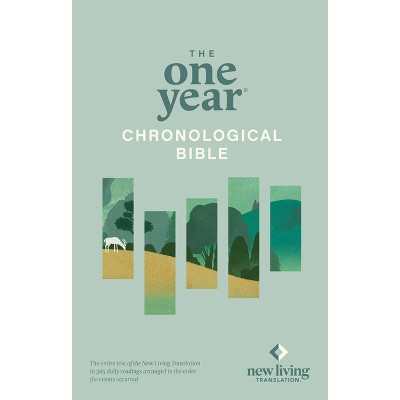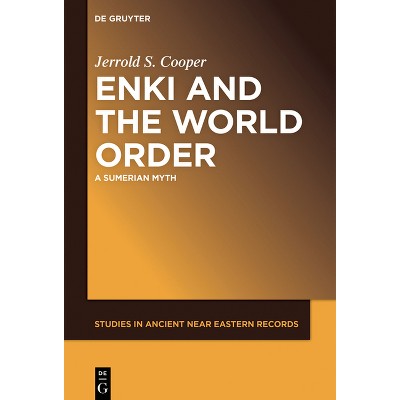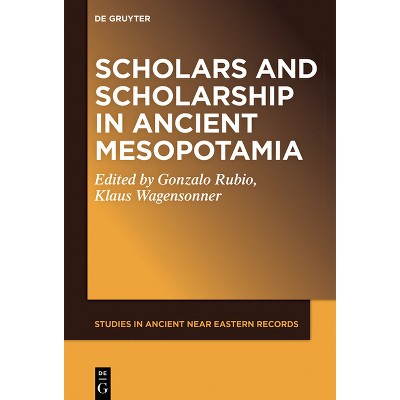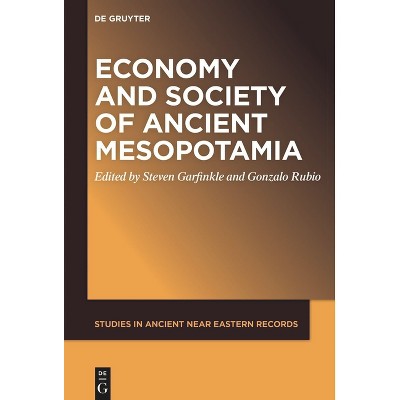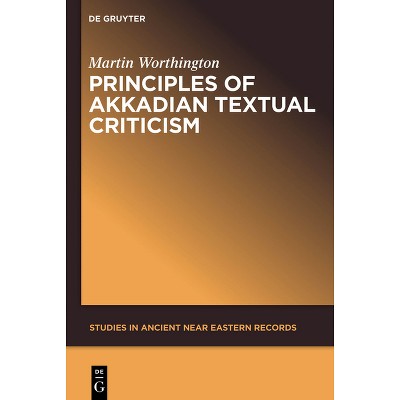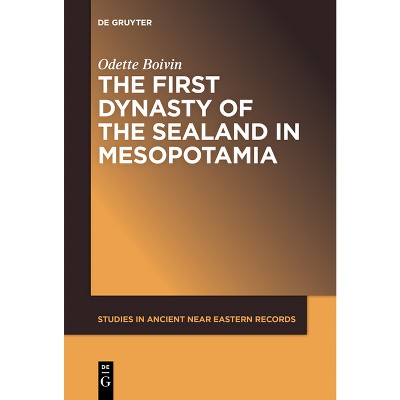Sponsored

Frontiers, Territories and the Making of Hittite Political Landscapes - (Studies in Ancient Near Eastern Records (Saner)) by Alvise Matessi
In Stock
Sponsored
About this item
Highlights
- This monograph aims to explore the production of political landscapes in Anatolia under the Hittite rule (1650-1200 BCE).
- About the Author: Alvise Matessi, Bilkent University, Ankara, Türkiye.
- 363 Pages
- Religion + Beliefs, Ancient
- Series Name: Studies in Ancient Near Eastern Records (Saner)
Description
About the Book
This study examines the impact of Hittite rule in Anatolia from 1650 to 1200 BCE, focusing on three key regions of the Hittite Empire. It explores the political processes that shaped these areas and their relationships with neighboring polities. TheBook Synopsis
This monograph aims to explore the production of political landscapes in Anatolia under the Hittite rule (1650-1200 BCE). The focus of the research is the geopolitical role played within the Hittite domain by three interconnected regions, located in South-Central Anatolia: Tarhuntassa, the Lower Land, and the port city of Ura.
Tarhuntassa, briefly the capital of the Hittite Empire under Muwatalli II, later became the center of an influential appanage kingdom after the restoration of the capital back at Hattusa. Geographically, the kingdom of Tarhuntassa overlapped with the 'Lower Land, ' a buffer territory vital for Hittite military engagements in Western Anatolia. Ura served as a crucial Hittite-controlled port on the southern Anatolian coast, that facilitated trade with the Eastern Mediterranean, especially Ugarit.
The research combines material data from archaeological excavations and surveys with textual sources, offering a holistic diachronic perspective on the impact of Hittite power networks in the target region. It also explores pre-Hittite and prehistorical interactions in South-Central Anatolia to provide a broader view of long-term structures and their impact on Hittite imperial dynamics.
About the Author
Alvise Matessi, Bilkent University, Ankara, Türkiye.
